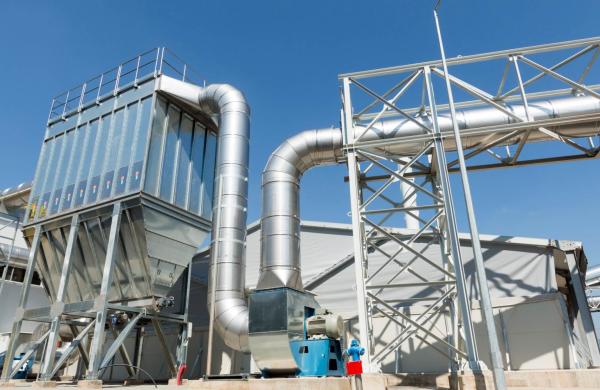Wireless technology hasn't lived up to expectations. And Web services like Microsoft Corp.'s .Net, which some believe will revolutionize back offices, haven't yet caught on with corporate technology officers. Granted, computer chips continue to get smaller, cheaper and more powerful, but that's an old story.
There is one new computing trend, however, that has captured technologists' imagination since it emerged from research and development about a year ago. Hewlett-Packard Co. and IBM Corp. are among those calling it a breakthrough. More significantly, corporate buyers - including those at financial institutions desperate to save money - seem to agree.
The concept is blade computing. What's that? Blades are thin, interchangeable computer circuit boards. Each contains microprocessors dedicated to a specific function, such as delivering Web pages to personal computers.
With recent advances in low-power chip design, these microprocessors can be crammed closer together without overheating or requiring excessive amounts of electricity. As a result, computer designers can build more processing power into the boards, which in turn can be stacked more closely together in standard computer cabinets.
Servers - the networked computers that transmit data and programs to PCs and other so-called client devices - can now pack more punch. RLX Technologies, a blade producer based in the Woodlands, Texas, says that it has increased server capacity by a factor of eight: 336 boards fit into a cabinet that used to hold 42.
Blades not only deliver more capacity, or density, in a smaller space, but they can be slipped in and out without having to unplug and reconnect old or defective units. "A [maintenance] task that used to take hours can now be done in 15 minutes," says Brian Cox, Hewlett-Packard's product line manager for business-critical systems.
"Blades are more of a revolutionary than an evolutionary change in server architecture," asserts Sally Stevens, director of marketing for density-optimized servers at Compaq Computer Corp., which competed against HP's blade business before the companies' recent union.
Technology vendors are finding a receptive audience in the financial community. "People want servers that are easily adaptable and that conserve resources," says Stevens.
But limited budgets will no doubt restrain purchases for a while. "People are not spending a lot of money, period, so adopting new servers is a little difficult," says Merrill Lynch & Co. technology strategist John Roy. Still, nobody questions the longer-term economic advantage.
The purchase price alone doesn't tell the tale: Each blade comes in somewhere under $2,000, about equal to the cost of an ordinary server. But the benefits mount from there. RLX, which has received financial backing from IBM, says that the $67,000 annual operating cost of a conventional 500-server Internet data center configuration would fall to $12,000 with blades.
In a direct pitch to securities traders, Austin, Texas,based ClearCube Technology is offering to take PCs off desktops, relying instead on blade racks up to 600 feet away. That would leave only a monitor and a connector the size of a videocassette on the desk for the keyboard and other peripherals, freeing space for more screens or more people.
Akron, Ohio,based Oak Associates is testing 32 ClearCube blades and plans to buy 96 more. Oak, which manages $18 billion in equity funds, is expanding onto a new floor, and chief technology officer Scott Hill says that the ClearCube system - including blades costing $1,200 each when quantities exceed 100 - will save the firm between $75,000 and $400,000 on installation alone. The exact savings depend on just how much renovation would have been needed to accommodate the older systems; that could have entailed "a whole new cable, an additional transformer, tearing up the parking lot," says Hill.
But eight ClearCube blades consume no more power than one or two traditional PCs. Explains Hill: "Most PCs draw more power than necessary to run business programs. Blades draw just enough."





